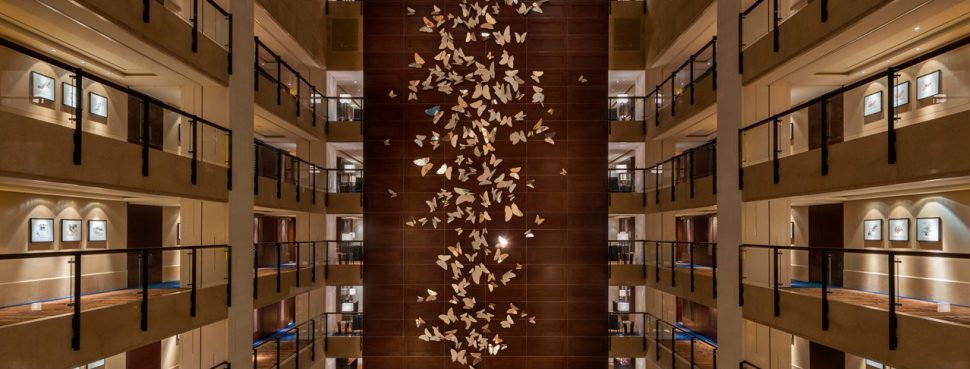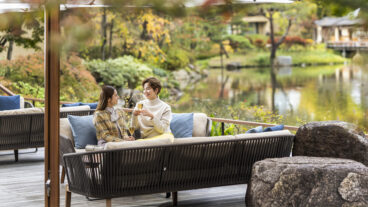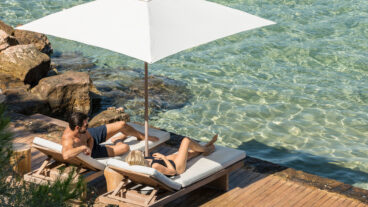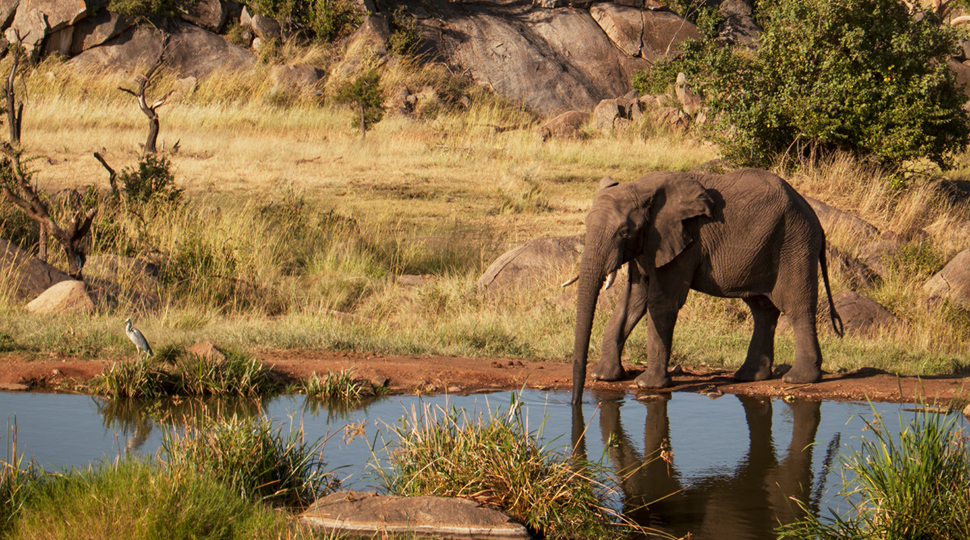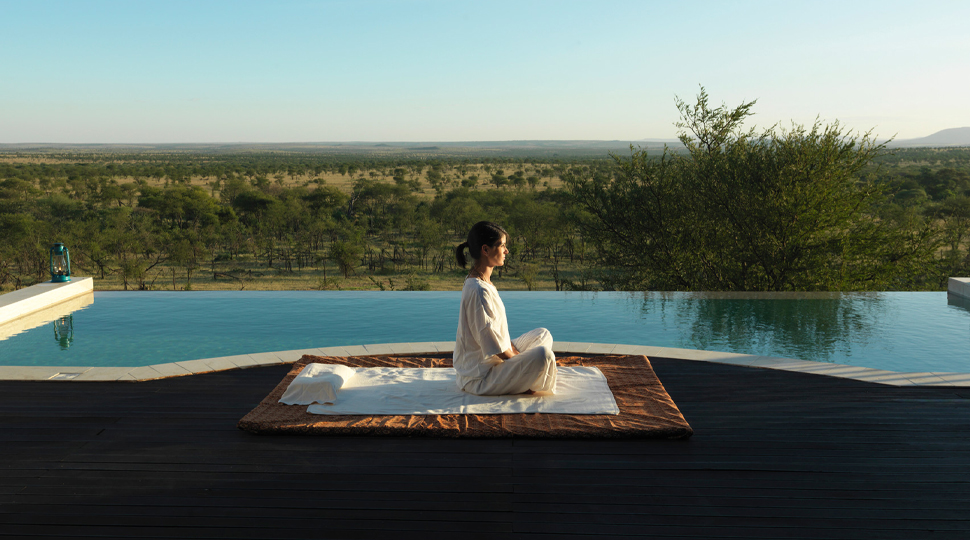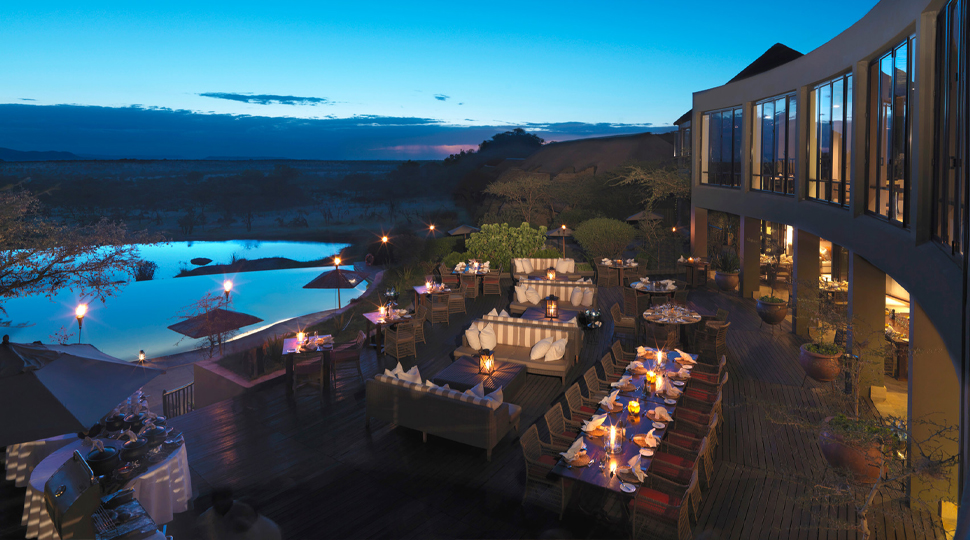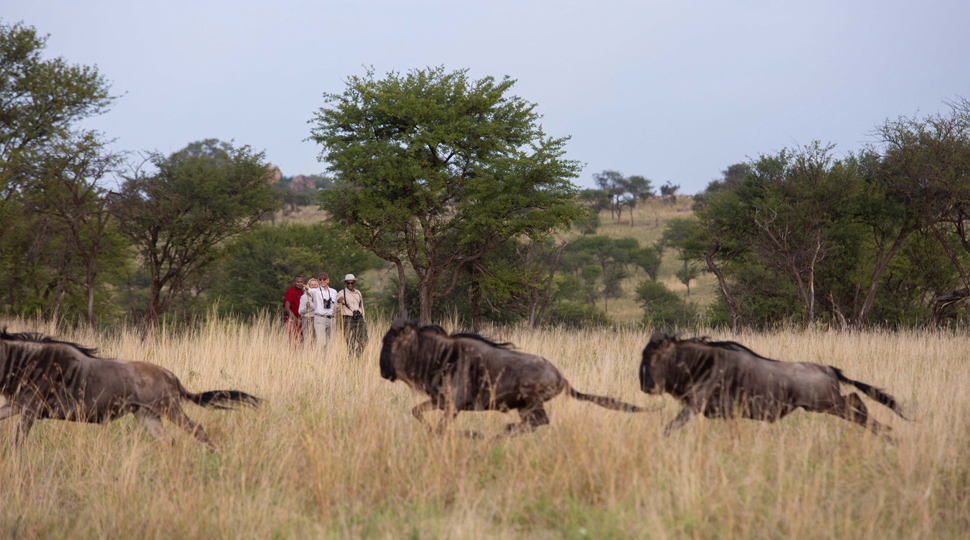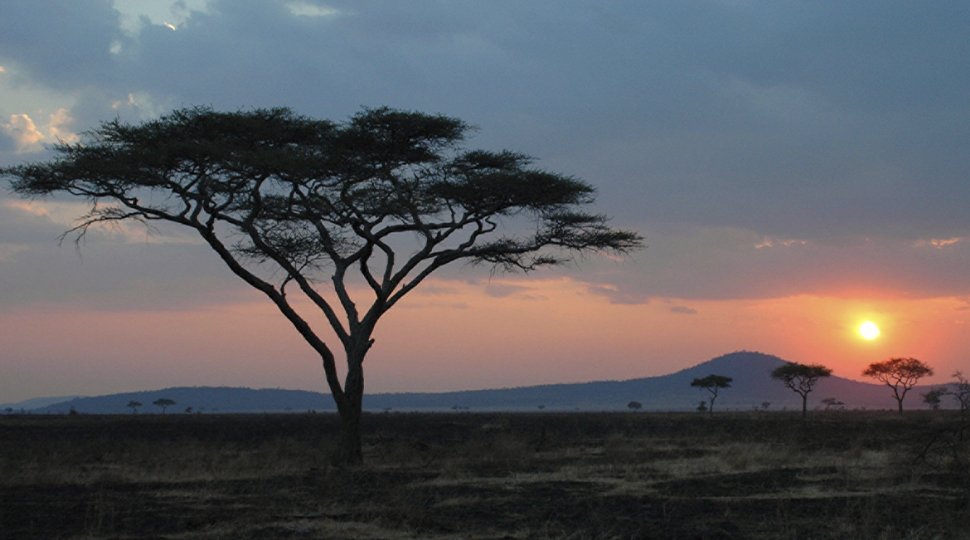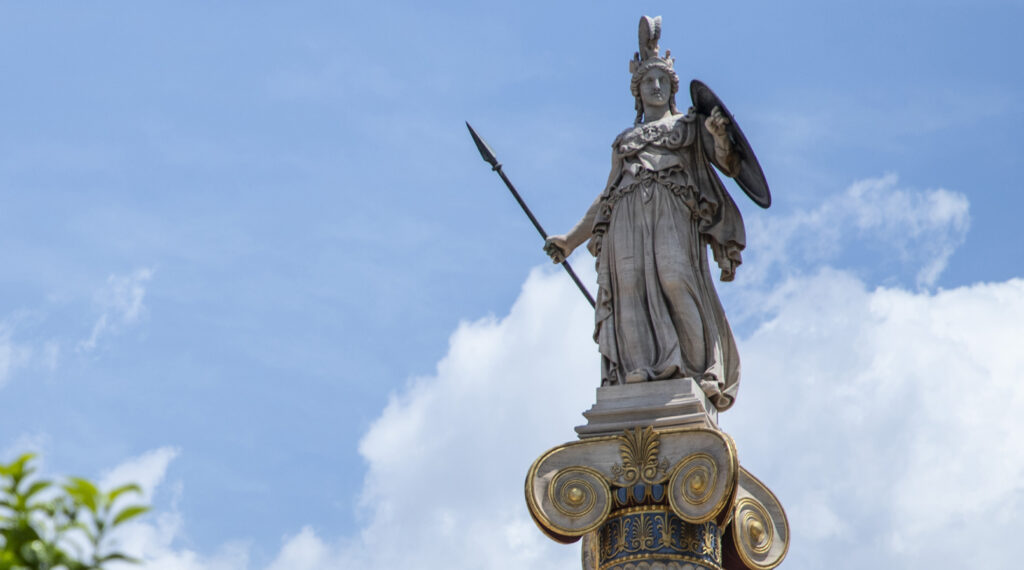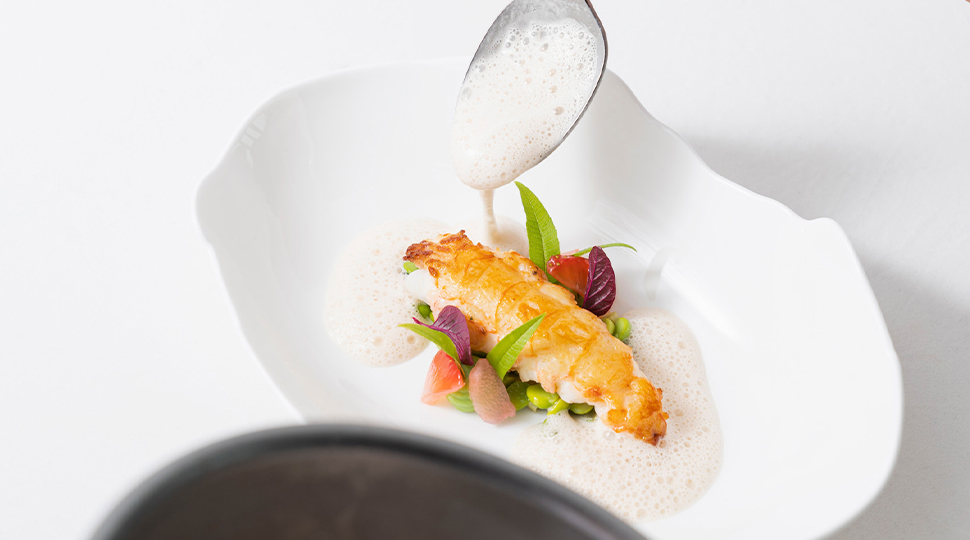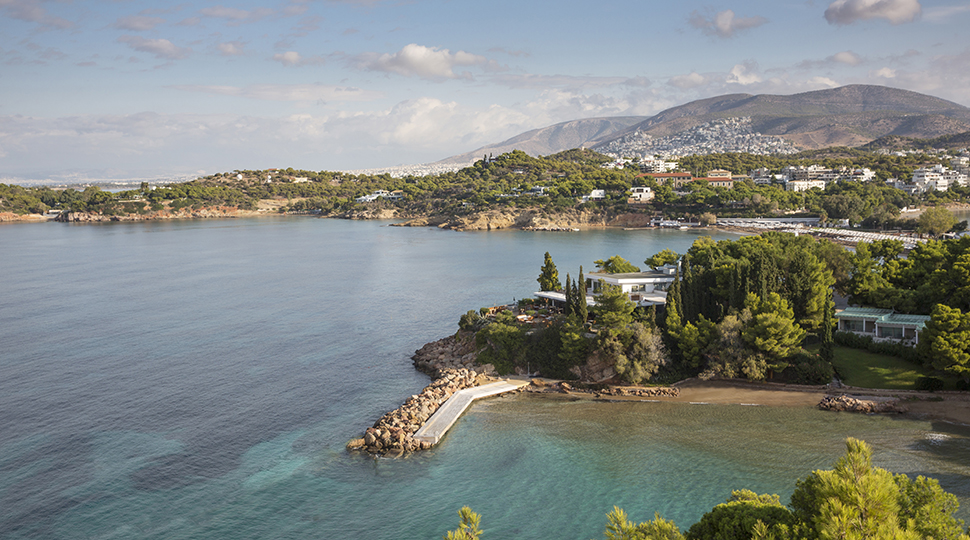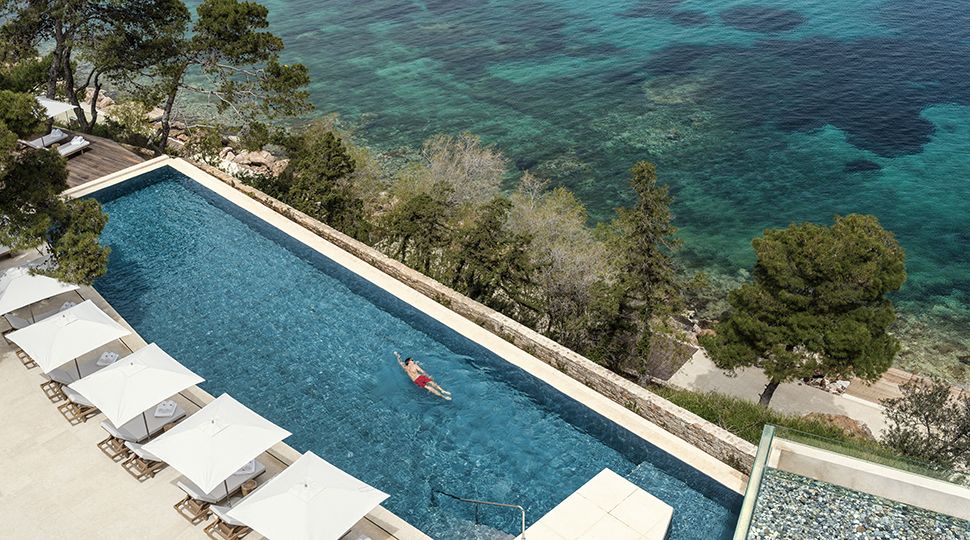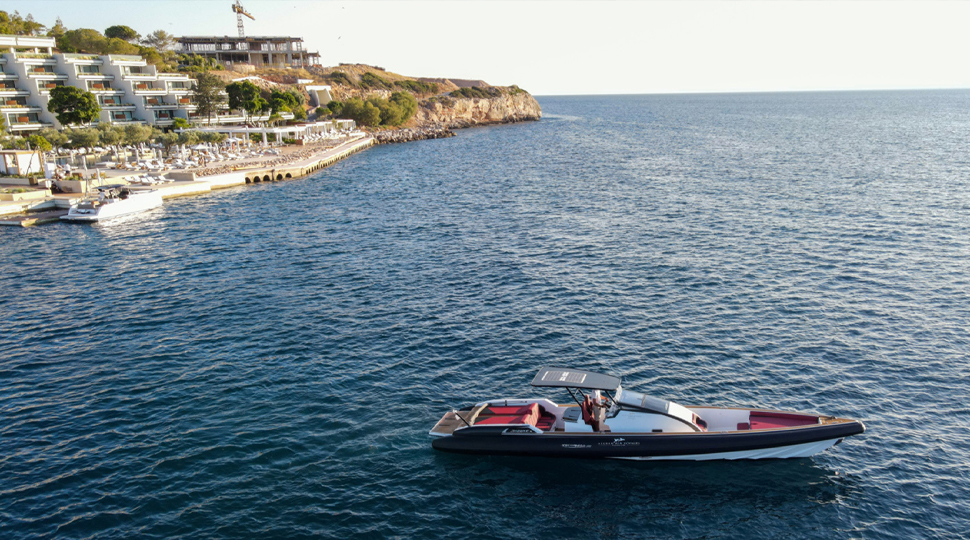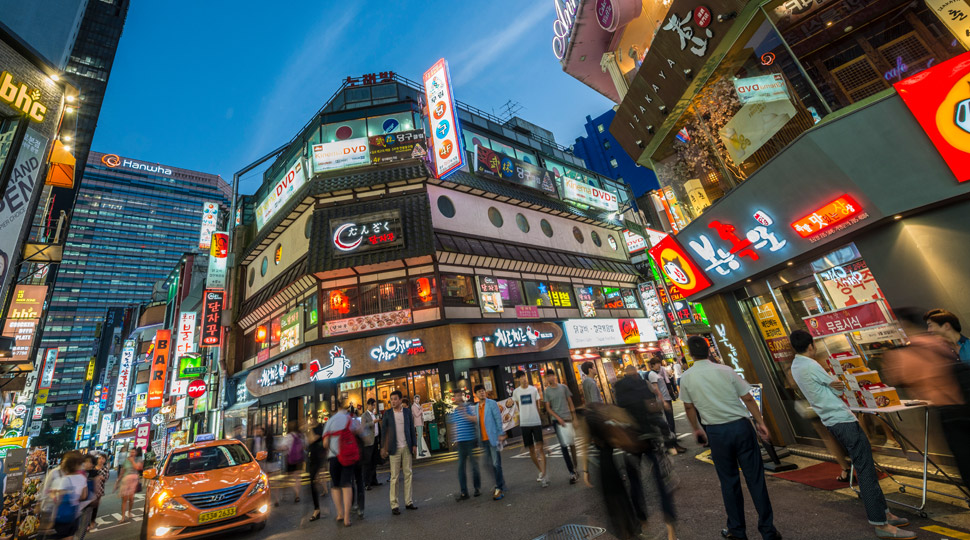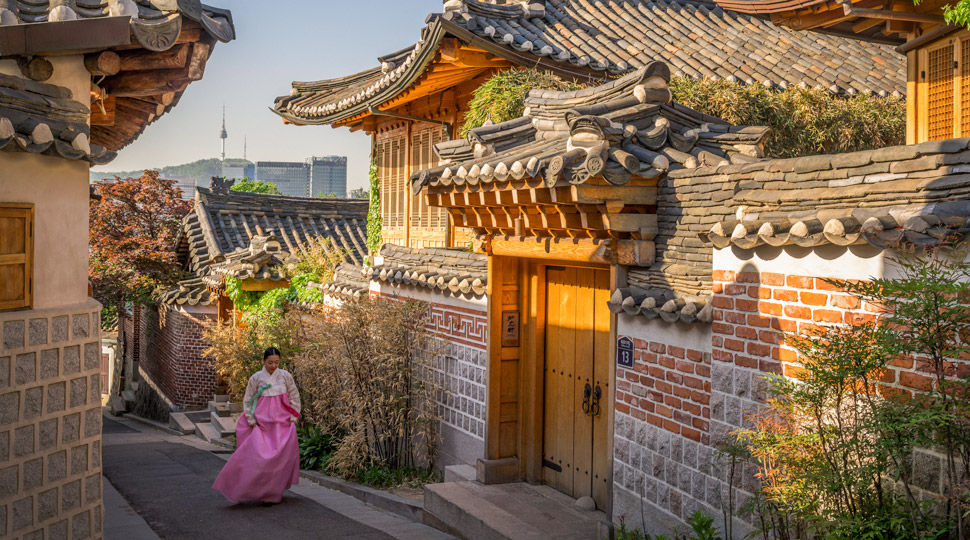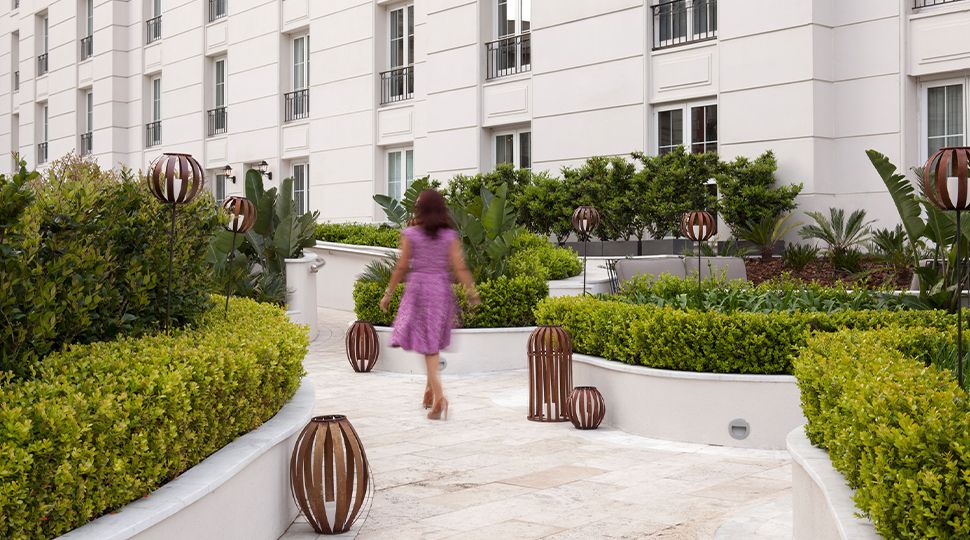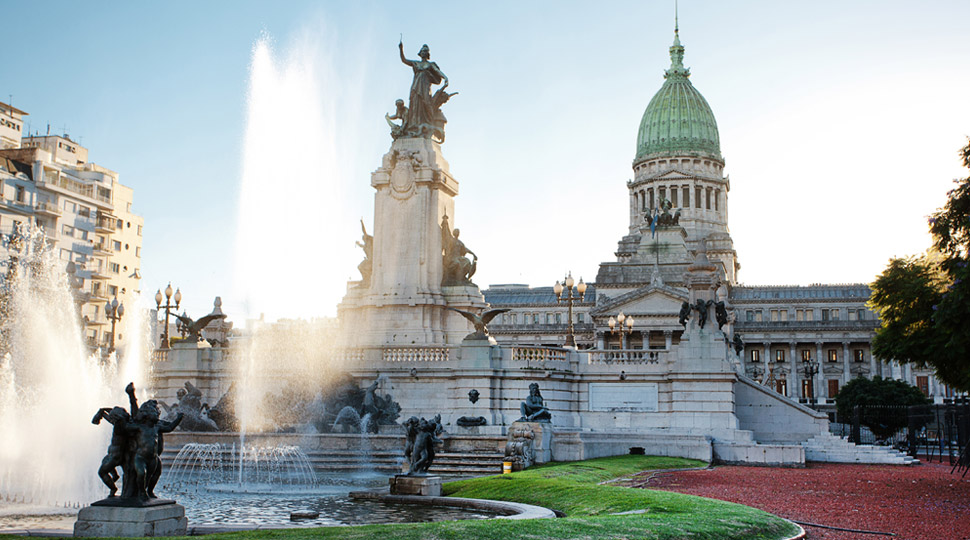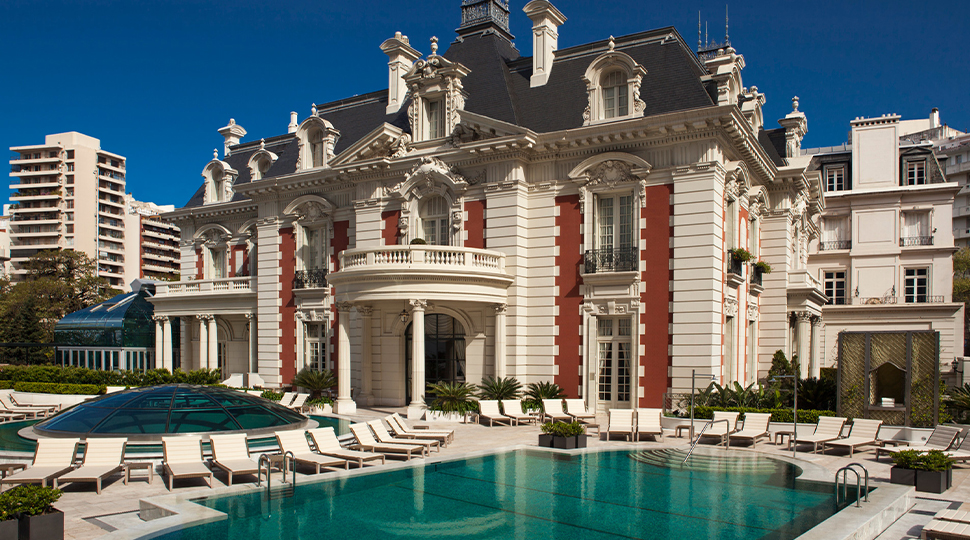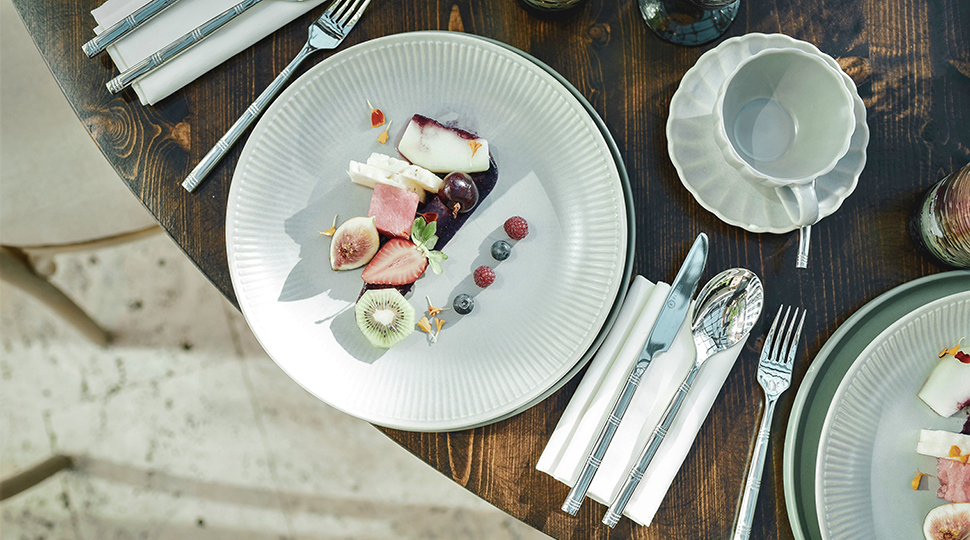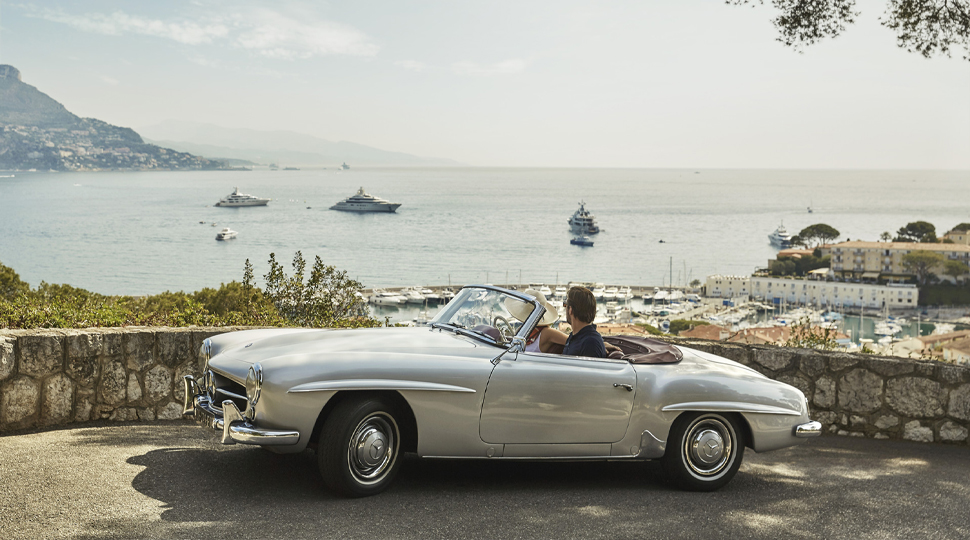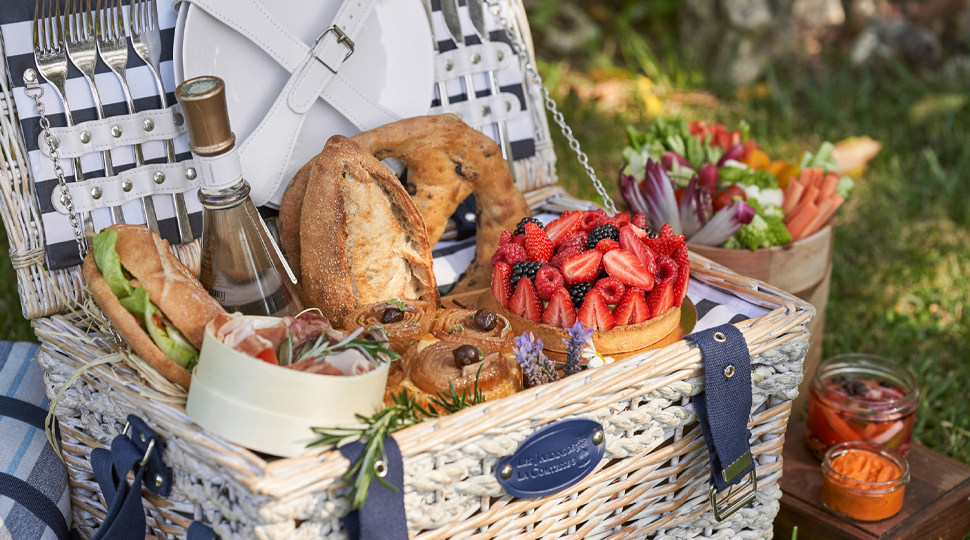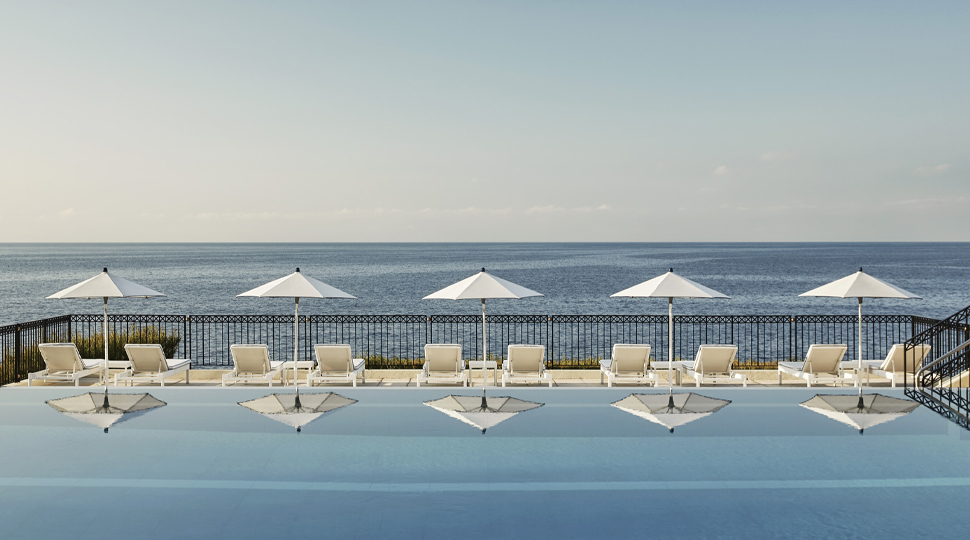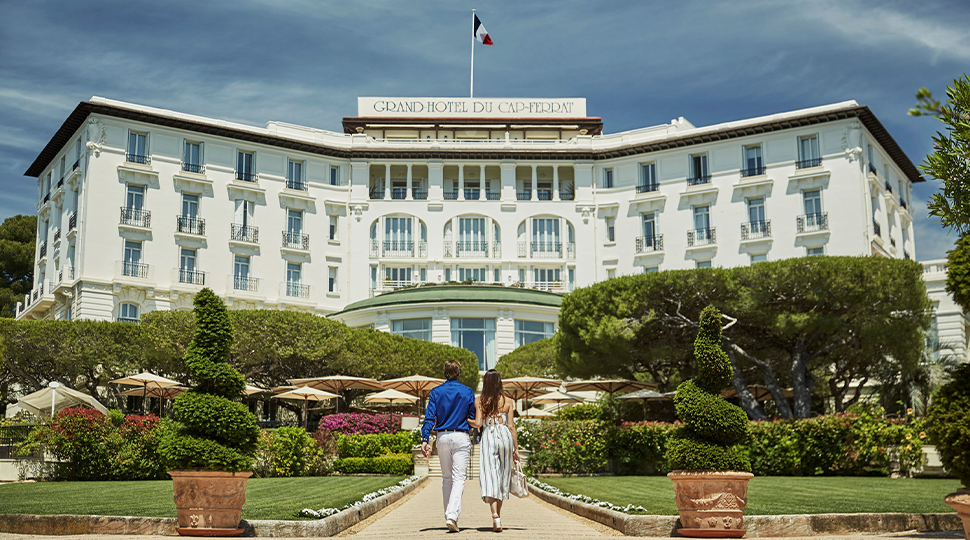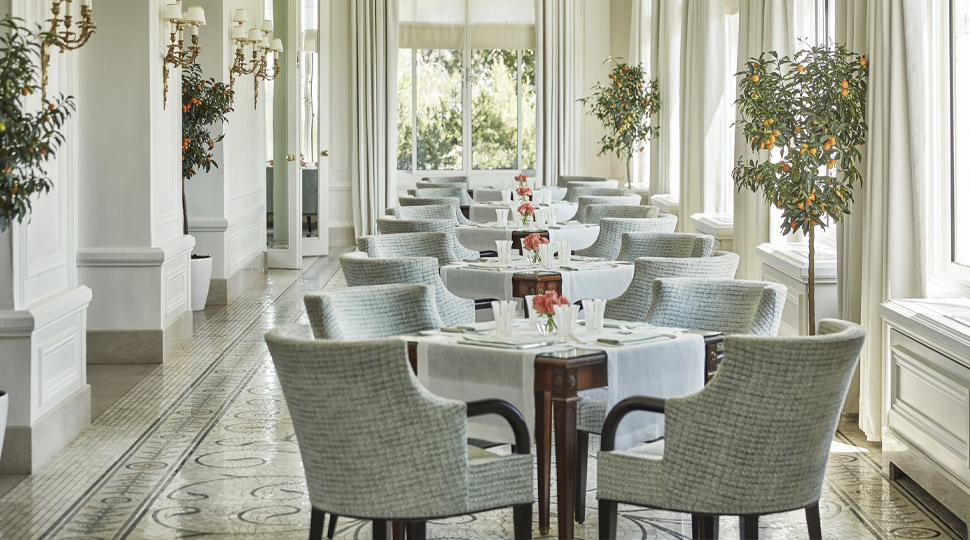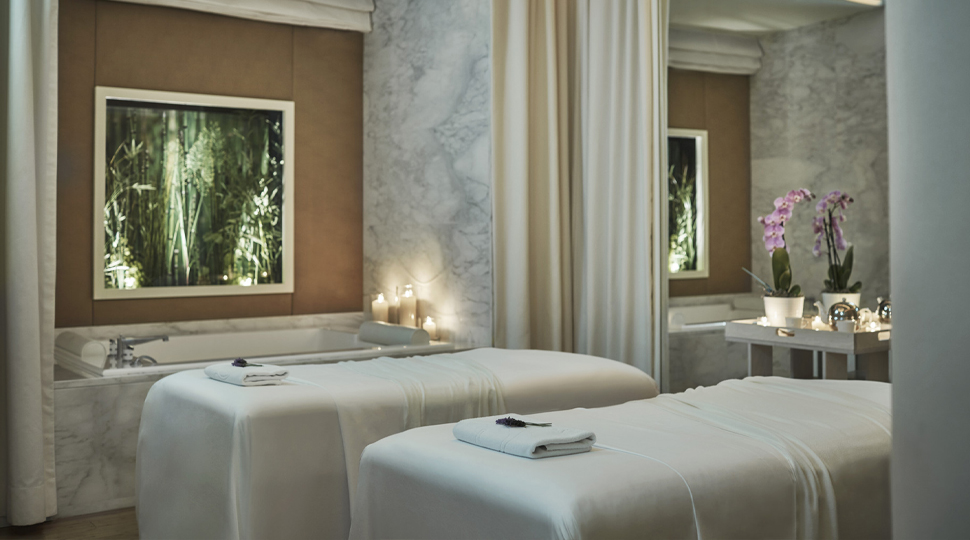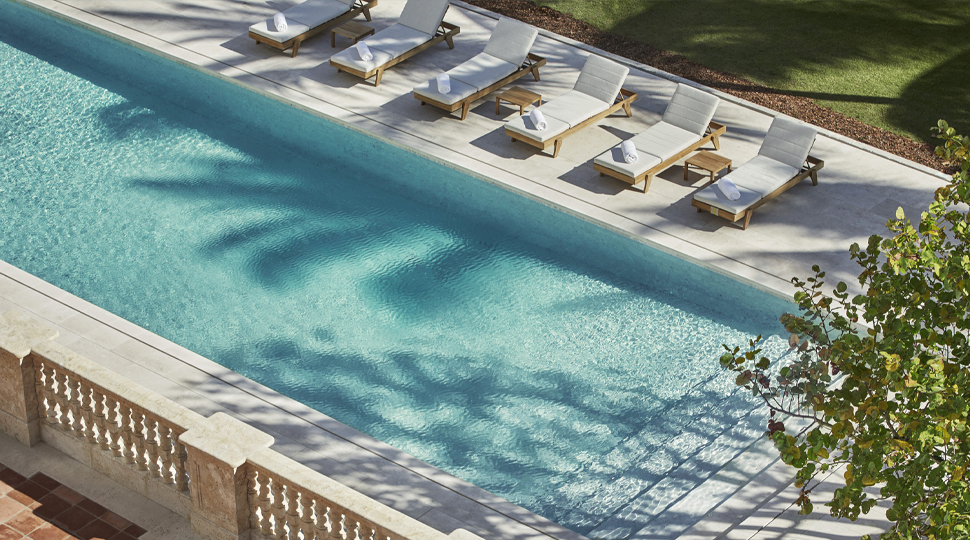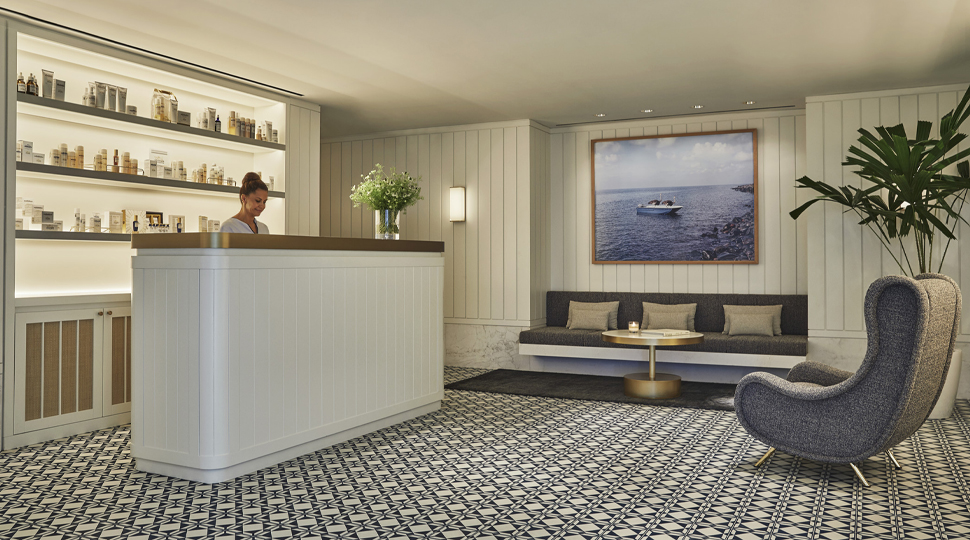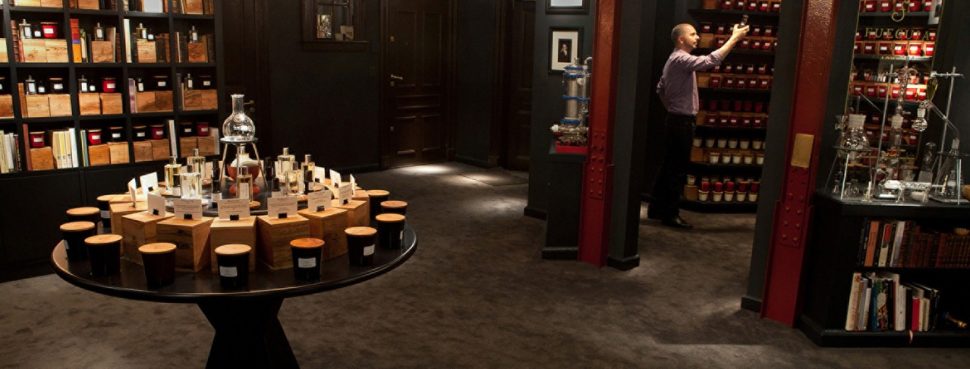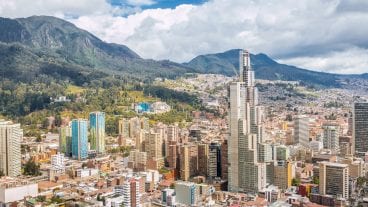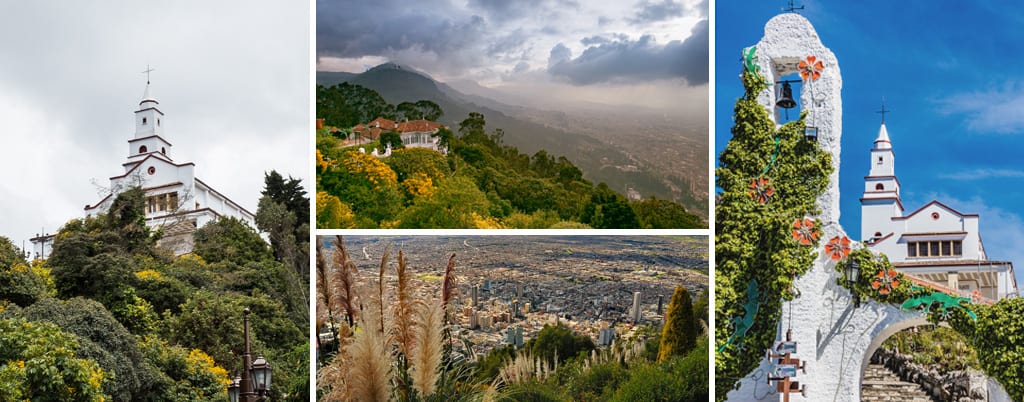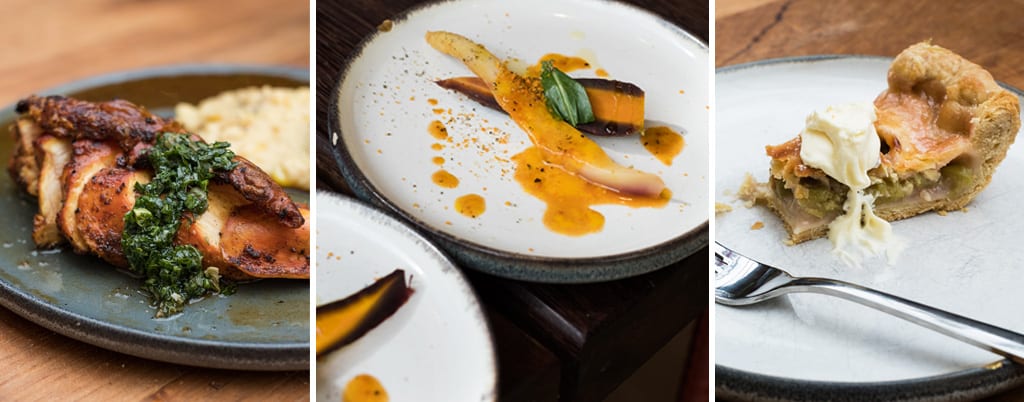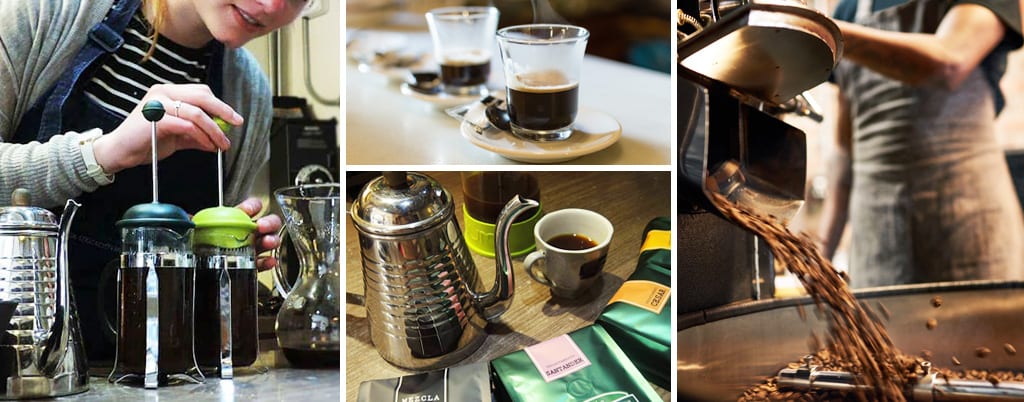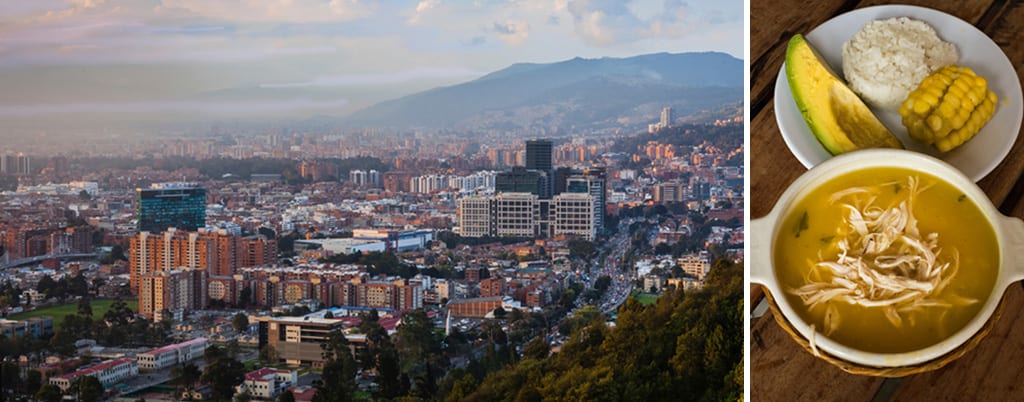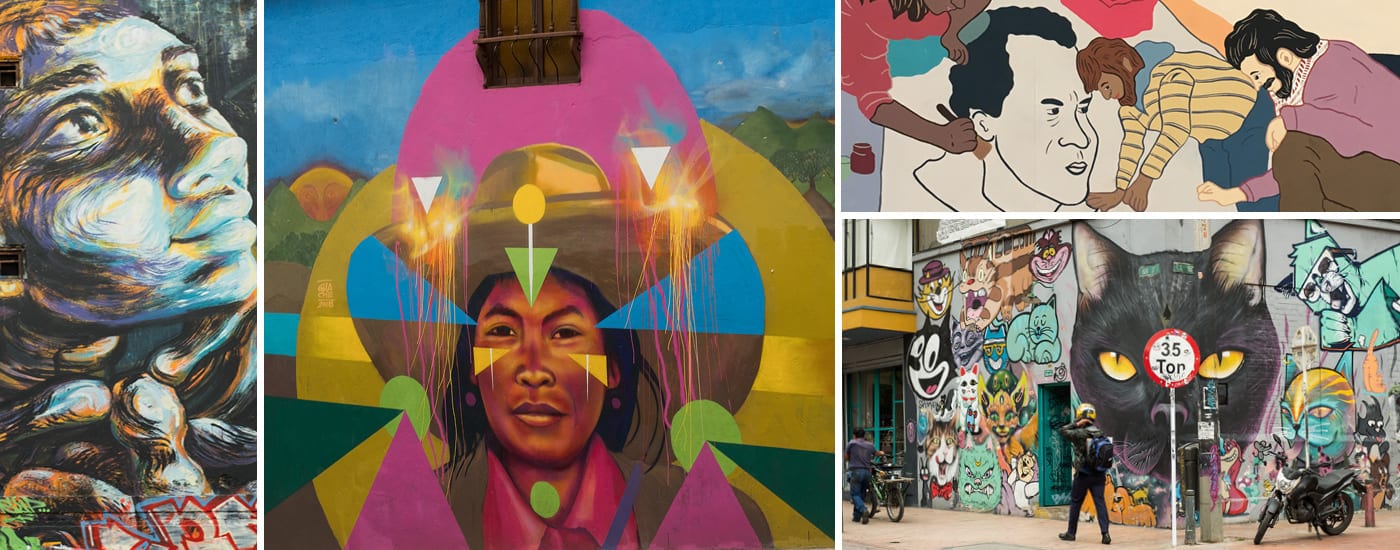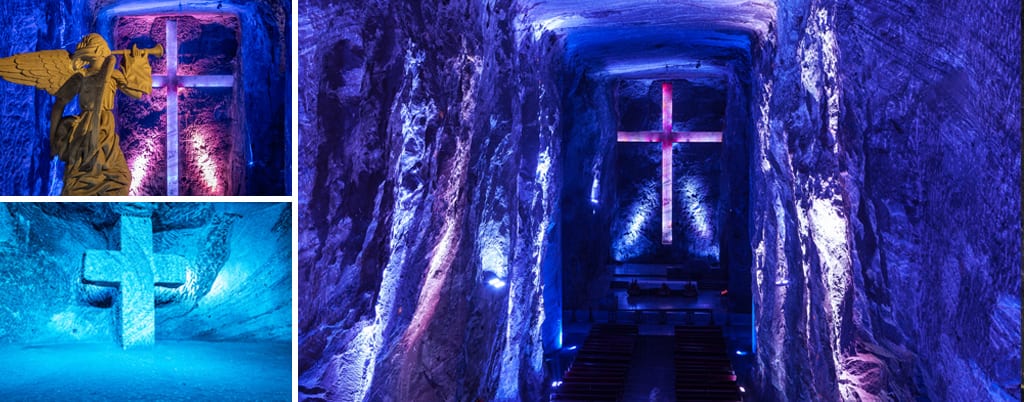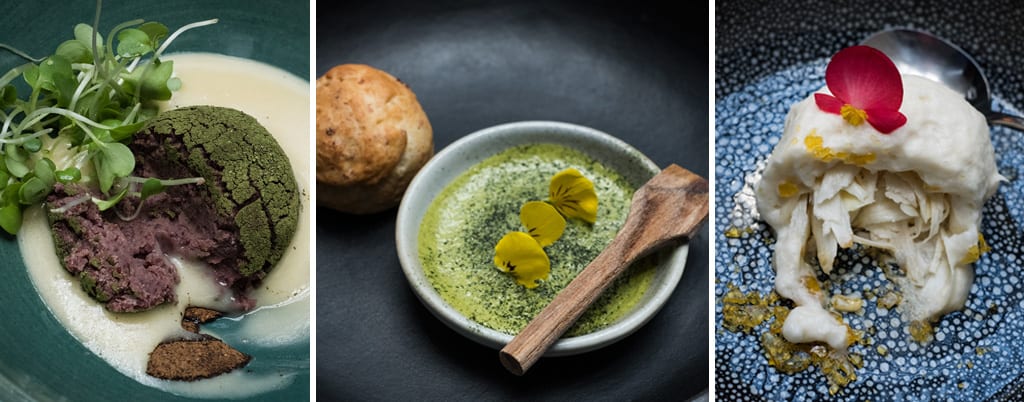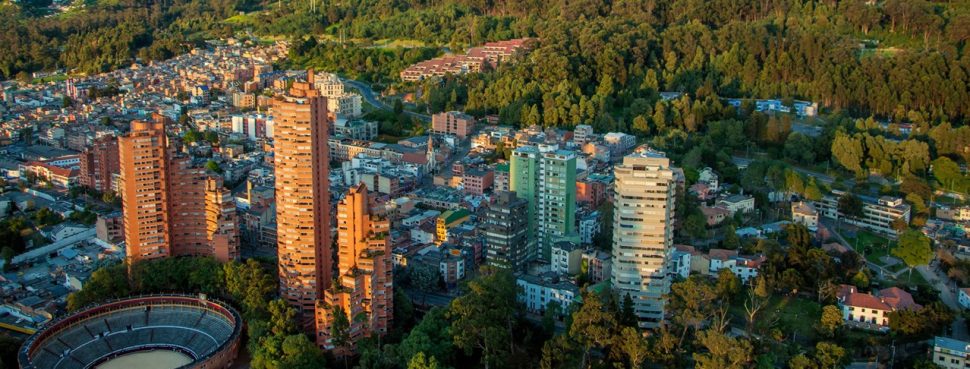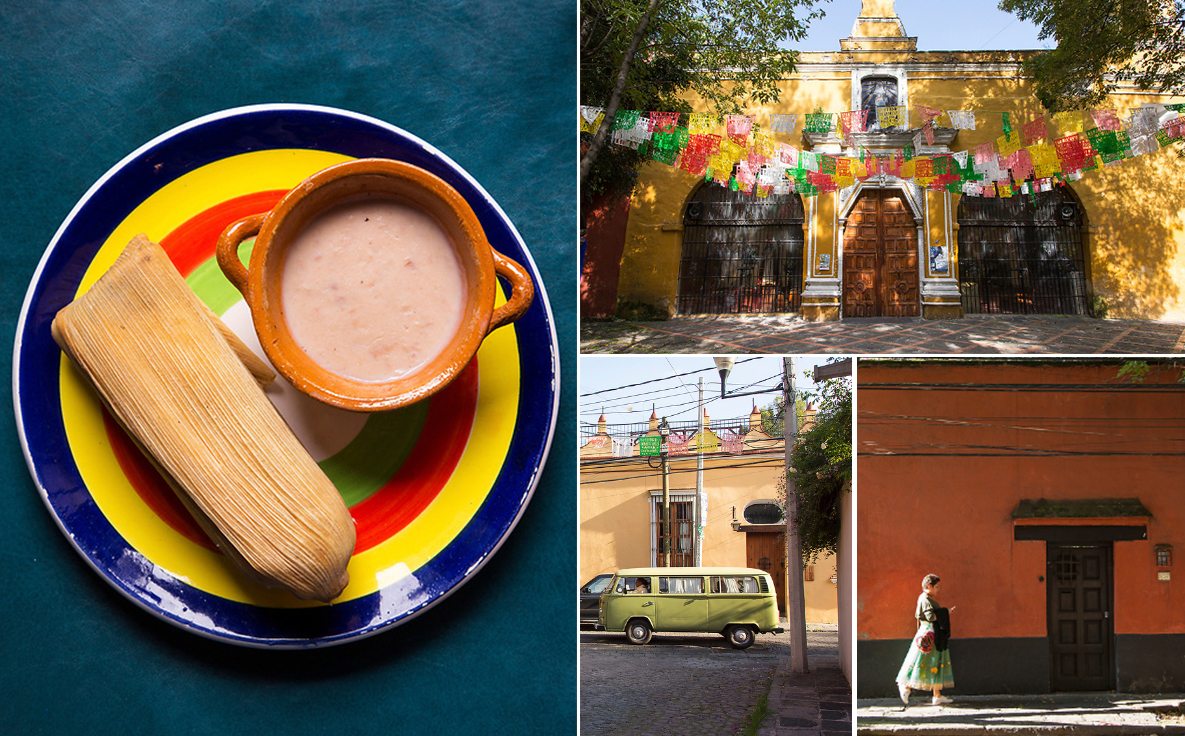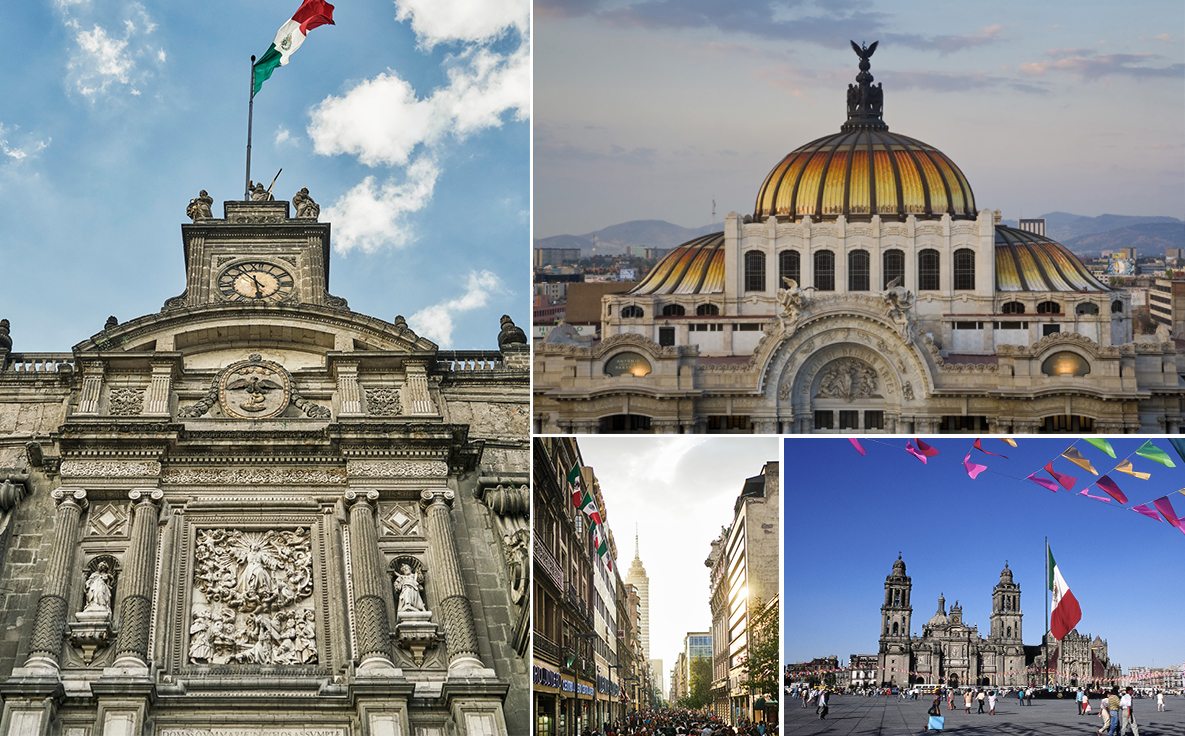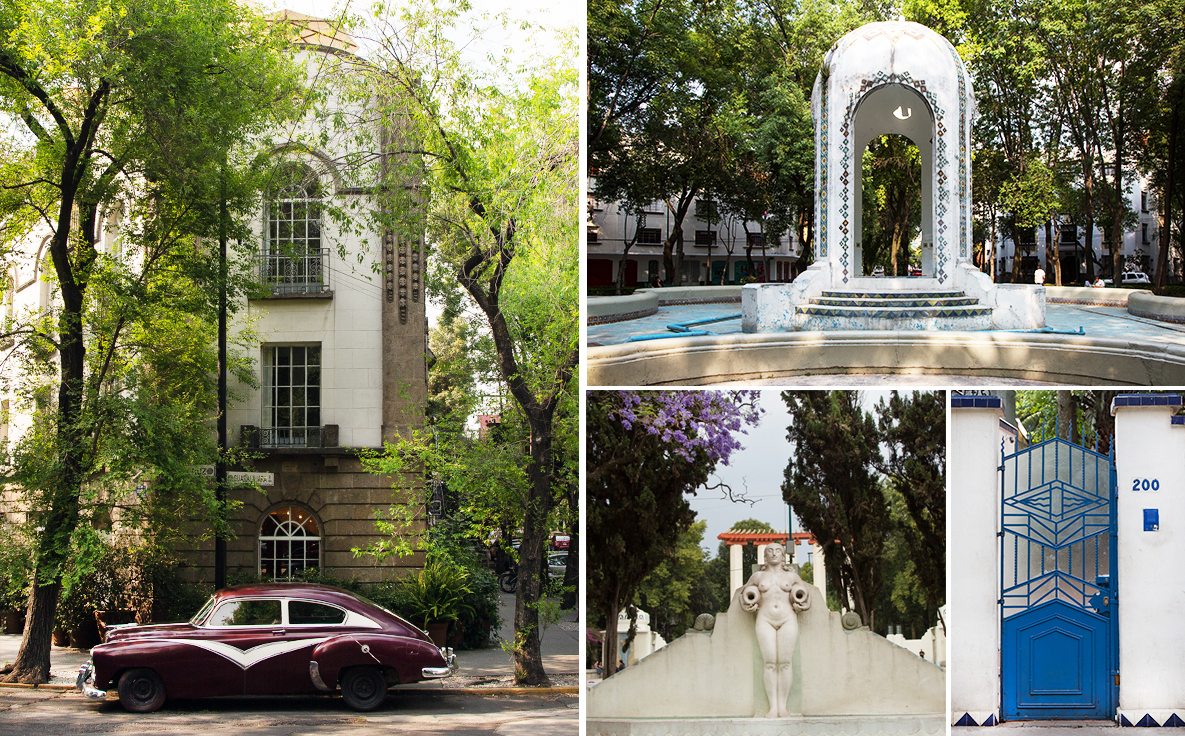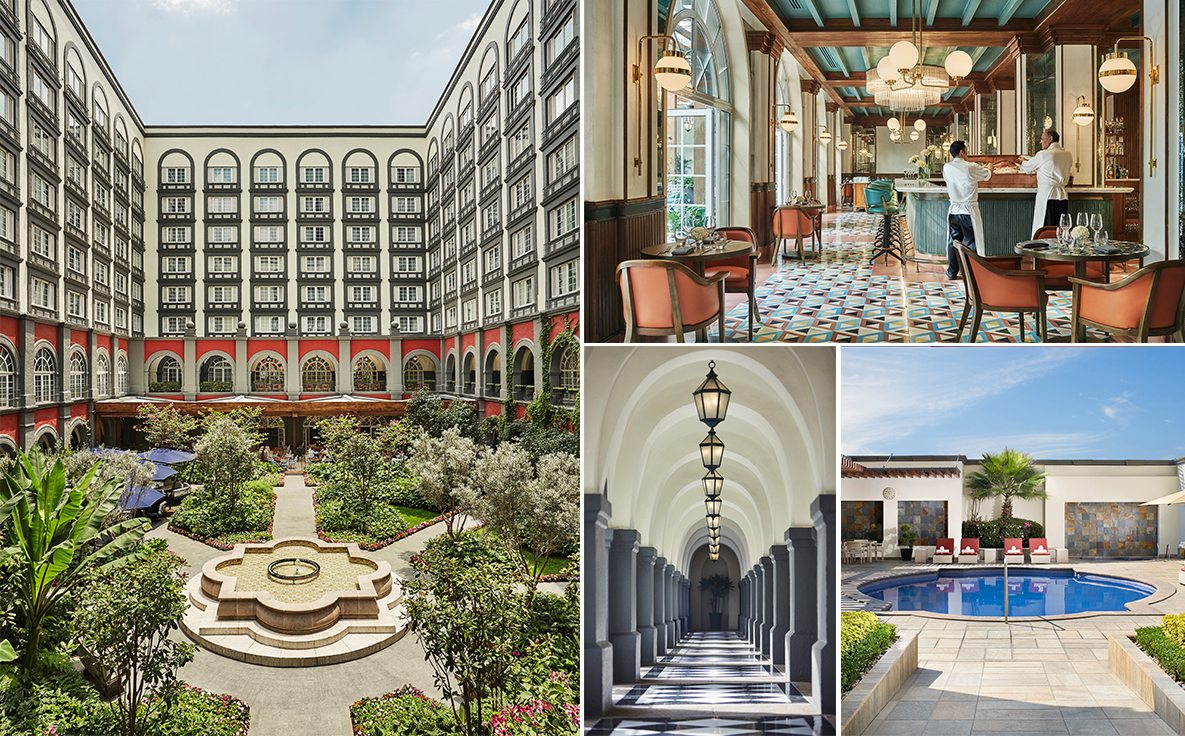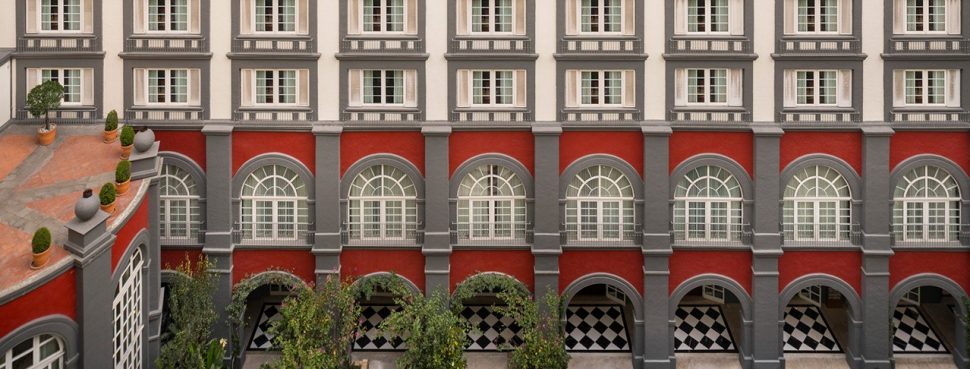When French philosopher Albert Camus wrote that autumn “is a second spring where every leaf is a flower,” he was onto something.
With the change from summer to fall, this beautiful time of year is perfect for weekend getaways and enjoying the outdoors in its full autumn glory. There’s something uniquely magical about the crisp, cool air, and the experts at Four Seasons know exactly how to help you savour it. Here are seven of our favourite places to visit in the fall to take full advantage of this special time.
View this post on Instagram
Catch a show in Austin
Scorching summer days in the Texas capital give way to perfect weather come autumn, a time of year for getting outdoors. You can easily stroll from Four Seasons Hotel Austin to Zilker Metropolitan Park, a sprawling 358-acre (145-hectare) space along the shores of Lady Bird Lake, and cool off in Barton Springs Pool, which maintains an average temperature of 68°F to 70°F (20°C to 21°C) year round.
At night, join filmgoers in the heart of downtown Austin at Blue Starlite Mini Urban Drive-In, whose two screens showcase a variety of classics and newer releases. You can even go beyond popcorn, soda and candy and order from restaurants that deliver right to your car window.
Since this is the Live Music Capital of the World, you can catch some of Austin’s top musicians playing at the Hotel’s Live Oak lounge. Sip inventive cocktails while listening to live music and taking in some of the best views in the city. On the Hotel’s back lawn, you can also join friends for games including Jenga, ping-pong and cornhole, or simply find a patch of shade in one of the many Adirondack chairs or hammocks to sit back and relax.
Alternatively, you can also play your own music – the Hotel’s Guitar Concierge can arrange for you to borrow a premium guitar to use throughout your visit. Strum away in the comfort of your guest room or on the back lawn, or take it with you to other scenic locales around the city.
Enjoy music and movies in Austin
View this post on Instagram
Cruise the river in Prague
Prepare your palate for an autumn stay at Four Seasons Hotel Prague. Sip a glass of Prosecco aboard the Hotel’s charming wooden boat on the Vltava River. Surrounded by fairy-tale scenery, you’ll see Prague from a different angle as you indulge in your choice of breakfast, lunch or a light snack. Come November, you can also opt for a glass of mulled wine or hot chocolate to keep you warm when the temperature begins to dip.
For an authentic Czech experience, discover a local craft rooted in hundreds of years of tradition: glassblowing. The Hotel’s private car service can whisk you to the world-famous Rückl glass factory in Nizbor, a picturesque village in central Bohemia, only a 45-minute drive from Prague. There, you’ll meet craftsmen and witness the magic of glass engraving. You can even choose to cut or blow glass yourself.
Back at the Hotel, pamper yourself with a personalized treatment at the Spa or enjoy some quality time with your loved one in the private couple’s treatment room, complete with your own private steam room.
Capture the magic in Prague
View this post on Instagram
Take a private helicopter tour in Beijing
Autumn is the best time to explore Beijing, with comfortably cool weather for climbing suburban mountains or people-watching in an outdoor café. The city’s countless attractions include Ditan Park, the Confucian Temple, the Guozijian Museum and, of course, the Great Wall.
From late September to early November is an especially good time to visit, when you can see the iconic landmark framed by rich autumn hues. Four Seasons Hotel Beijing offers two exceptional ways to see the well-preserved Mutianyu section of the Great Wall. Let the Hotel arrange for a private car to take you to Mutianyu and embark on a private guided tour of the incredibly well-preserved section that was originally built in the Northern Qi Dynasty (AD 550–557) but then rebuilt during the Ming Dynasty (AD 1368–1644) to strengthen its defensive potential. During the fall, the surrounding forest-covered mountains turn shades of red and gold. For a bird’s-eye view of it all, the Hotel can also arrange for a private helicopter experience. This adventure begins with a ride to Mutianyu in a private limousine, catered food and snacks, and a breathtaking 15-minute aerial tour of the Great Wall. Afterwards, set out on a hike with an expert guide to take in the wall’s history and architecture up close.
Get a new perspective in Beijing
View this post on Instagram
Revel in fall colours in Kyoto
Kyoto is known for the vibrant colours of its leaves (koyo in Japanese) – especially impressive during the last two weeks of November – making it one of the best fall destinations. Like hanami (cherry blossom viewing) in spring, the Japanese also have a custom called momijigari (red leaf hunting) that was a popular fall activity among the 8th-century aristocracy and continues to this day. While the word specifically references the red leaves of the maple tree that make their appearance each fall, in practice, it means gathering together to see all of the season’s best foliage.
For this special season, the team at Four Seasons Hotel Kyoto has created a map highlighting the best places around the city to witness this beautiful sight. The Concierge recommends visiting Kyoto’s temples at night for a different kind of leaf-peeping experience. A few favourites are Kodai-ji Temple, Entoku-in Temple and Kiyomizu-dera Temple, all in the Higashiyama area and only 20 to 25 minutes by foot from the Hotel.
And last but not least, if you want to take in the rich autumn colours in a quiet and exclusive setting without any crowds, pay a visit to the Hotel’s own Shakusui-en pond garden.
See the colours of Kyoto
View this post on Instagram
Expand your palate in Bogotá
Year-round good weather means there’s never really a bad time to visit Colombia’s capital city, but autumn is the perfect time for unexpected journeys. The best way to discover the magic of Bogotá is to live the experience like a local.
One aspect of the city locals love? Graffiti. For those intrigued by the thriving art scene, Four Seasons Hotel Casa Medina Bogotá can help arrange for a private walking tour to see some of Bogotá’s most notable works. The colourful, towering murals that dot the city make for great Instagram backdrops – but they’re even more incredible when you see them first hand.
To enjoy a different kind of artistry, treat your palate with an unforgettable coffee experience. The Hotel can arrange for an exclusive coffee-tasting session led by local farmers at Cafetal de la Trinidad, a historic Colombian coffee farm located on a scenic hacienda just a couple hours outside the city. Here you’ll learn about the entire coffee-making process, from harvesting to preparation and even how to decipher the different flavours and aromas.
Experience art and coffee in Bogotá
View this post on Instagram
Find serenity in Seoul
With its cool, crisp days; pops of colourful foliage; and seasonal fruits such as apples, pears and persimmon on menus around the city, there’s plenty of reasons why fall is a favourite time of year for locals. Located right in the heart of Seoul, Four Seasons Hotel Seoul is the ideal jumping-off point to explore the seasonal splendour.
Whether you’re a seasoned hiker or just enjoy taking leisurely strolls, the Concierge team can help point you in the right directions to explore Seoul’s abundance of hiking trails. One can’t-miss route for couples is the walk up to N Seoul Tower, also known as Namsan Tower. At the top, you’ll take in some of the best panoramic views in the city – and don’t forget to add your own “love lock” to the thousands of padlocks lovingly placed on the tower’s famous Love Lock Bridge.
As big a city as Seoul is, there are also plenty of opportunities to immerse yourself in nature. The most famous place to see the gold-hued magic of gingko trees in fall is Asan Gingko Tree Road, but for a closer option, the Concierge team recommends a visit to Seoul Forest Park. Be sure to also spend some time at Hill of Wind – the park’s highest point – to gaze at the mesmerizing fields of silver grass dancing in the autumn wind. For something further afield, the Hotel can arrange for an unforgettable day trip to the fairy-tale wonderland of Nami Island, a UNESCO treasure made famous in the Korean drama Winter Sonata.
Back at the Hotel, you’ll have your pick of dining options, from creative Japanese-Korean fusion at Akira Back to regional Cantonese specialties at Yu Yuan. For a nightcap, stop into OUL to sip your way through seasonal drinks that pay homage to Korea’s unique history of libation.
Stroll together in Seoul
View this post on Instagram
Harvest oysters in Boston
They say oysters are best enjoyed in months that contain the letter “r” – which makes fall the perfect time to indulge. At Four Seasons Hotel One Dalton Street, Boston, you can sample some of the freshest oysters around with a unique experience at the historic Island Creek Oysters farm. Located south of the city in Duxbury – and affectionately known as “The Napa Valley of Oysters” – Island Creek Oysters invites you to be an oyster farmer for a day with a private, interactive lesson on their 11-acre farm. You’ll begin in the hatchery to learn about the perfect conditions for oysters to grow and what they eat; then you’ll set out aboard the Nathaniel Winsor, a 27-foot Carolina Skiff, where you’ll learn how to shuck from the experts and hear stories over drinks.
At the end of the day, grab a seat at the farm’s bayfront raw bar for chilled wine or local craft beer, caviar and, of course, oysters. You’ll also be sent home with fresh oysters on ice to enjoy in the comfort of your room back at the Hotel, along with a bottle of champagne.
Explore oyster country in Boston
YOUR JOURNEY BEGINS HERE
Where will you choose to spend your favourite season?
